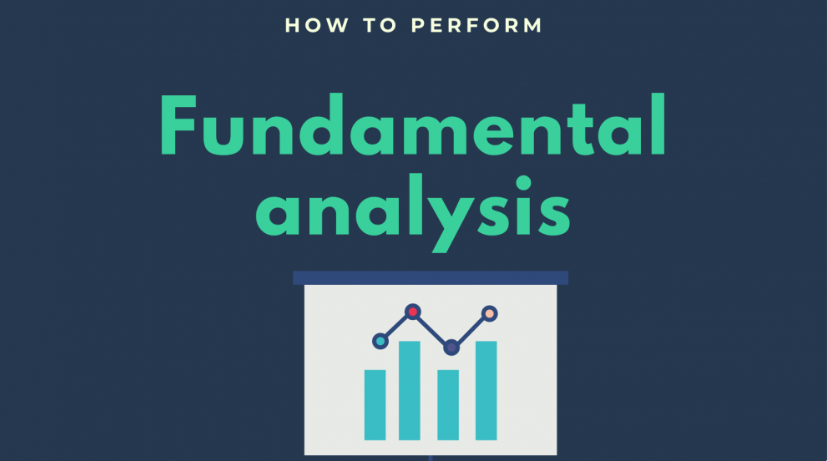Introduction to Fundamental Analysis in Forex
When it comes to forex trading, many beginners jump straight into charts, indicators, and patterns focusing only on technical analysis. But there’s another side to the market that’s just as important: Fundamental Analysis.
If you’ve ever wondered why a currency suddenly spikes after a news release or drops despite a bullish chart setup, the answer often lies in economic fundamentals.
In this blog post, we’ll break down the basics of fundamental analysis in forex, why it matters, and how you can start using it to make smarter trading decisions.
What Is Fundamental Analysis in Forex?
Fundamental analysis is the study of economic, political, and social factors that influence the value of a country’s currency. Unlike technical analysis, which focuses on price patterns and indicators, fundamental analysis looks at the “big picture” forces behind market movements.
These factors include:
-
Interest rates
-
Inflation
-
Employment reports
-
GDP growth
-
Central bank policies
-
Geopolitical events
-
News releases
The goal is simple: to determine whether a currency is undervalued or overvalued based on its underlying economic conditions.
🔄 Why Fundamental Analysis Matters in Forex
Currencies are directly affected by the health of a country’s economy. Here’s why fundamentals matter:
-
🏦 Central bank decisions can cause massive price swings.
-
📊 Economic reports like Non-Farm Payrolls (NFP) and GDP can move the market instantly.
-
📰 News events create volatility that traders can capitalize on — or get caught in.
-
💸 Interest rate changes impact currency demand and investor sentiment.
Even if you’re a technical trader, understanding the fundamentals can help you avoid bad trades and improve your timing.
🧠 Key Fundamental Indicators Every Trader Should Watch
Here are some of the most important economic data points and what they mean:
📈 1. Interest Rates
Central banks (like the Federal Reserve or ECB) set interest rates to control inflation and stimulate growth.
-
Higher interest rates → Attract foreign investment → Currency strengthens
-
Lower interest rates → Reduce investment appeal → Currency weakens
💡 Watch for rate decisions, statements, and future rate guidance.
📊 2. Gross Domestic Product (GDP)
GDP measures the total value of goods and services produced in a country.
-
Rising GDP = Strong economy = Currency likely to strengthen
-
Falling GDP = Weak economy = Currency may decline
💡 Released quarterly and watched closely by major investors.
📉 3. Inflation (CPI – Consumer Price Index)
Inflation measures how fast prices are rising.
-
Moderate inflation = Healthy economy
-
High inflation = May trigger rate hikes
-
Low inflation = May lead to lower interest rates
💡 Central banks use inflation as a key input in setting interest rates.
🧾 4. Employment Data (e.g., NFP in the U.S.)
Employment rates reflect economic health.
-
High employment = Growing economy = Stronger currency
-
High unemployment = Weak economy = Weaker currency
💡 Non-Farm Payroll (NFP) in the U.S. is one of the most volatile monthly reports.
🏛️ 5. Central Bank Announcements
Statements from central banks (like the Fed, ECB, or BOE) are market movers.
-
Interest rate decisions
-
Economic forecasts
-
Policy outlook
💡 Traders hang on every word of central bank speeches.
🧭 How to Use Fundamental Analysis in Your Trading
Here’s how to start using fundamentals in your forex strategy:
✅ 1. Stay Updated with the Economic Calendar
Use a free economic calendar (like from Forex Factory or Investing.com) to track upcoming news events.
-
Look for high-impact events (usually marked in red)
-
Know the forecast vs. actual figures — the difference causes price movement
✅ 2. Trade the News (With Caution)
Some traders specialize in trading news releases — but it’s risky due to volatility and slippage.
Safer approach:
-
Wait for the dust to settle after the news
-
Trade based on the market reaction, not just the result
✅ 3. Combine with Technical Analysis
The best traders often use both technical and fundamental analysis together:
-
Use fundamentals to understand why the market is moving
-
Use technicals to decide when and where to enter or exit
📉 Example: How Fundamentals Drive Price
Let’s say the U.S. releases a strong jobs report (NFP), showing the economy added 300,000 jobs — far above the 180,000 expected.
As a result:
-
Traders expect the Federal Reserve to raise interest rates
-
Demand for USD increases
-
USD strengthens against other currencies (like EUR/USD falls)
Even if the technicals showed a bullish trend earlier, fundamentals can reverse or accelerate that trend.
🚫 Mistakes to Avoid
-
❌ Ignoring fundamentals altogether
-
❌ Trading without knowing what news is due
-
❌ Reacting emotionally to every report
-
❌ Not understanding what the data means
✅ Final Thoughts
Fundamental analysis gives you a deeper understanding of what moves the forex market. It helps you see beyond the charts and anticipate big moves based on real-world events.
You don’t have to become an economist, but having a basic grasp of the key indicators and news events can give you a powerful edge — especially when combined with solid technical analysis.
“The market is driven by people, and people react to news. If you understand the news, you understand the market.”


